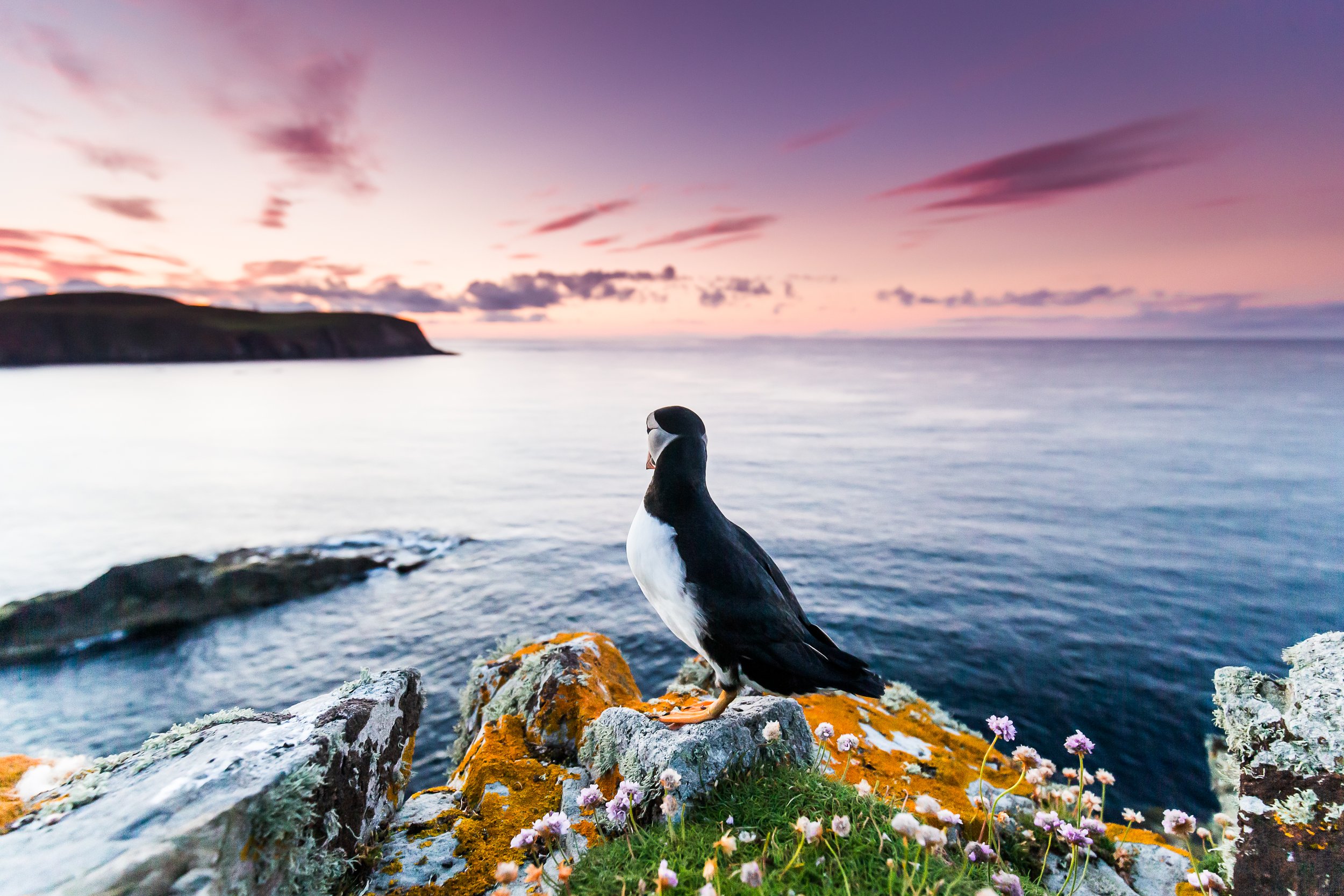
Wild Isles: Our Coast
The Collection
DISCOVER.
LEARN.
INSPIRE.
Our oceans cover over 70% of our planet. Providing more than half the oxygen we breathe and absorbing nearly a third of our carbon emissions. However, the fate of our oceans and their delicate ecosystems are at a tipping point. They are in crisis; the human race is polluting our waters and destroying its habitats. Each year between 8 and 13 million tonnes of plastic enter our oceans, reducing our oceans ability to help fight the climate crisis. A third of our seas are 'protected', but in reality less than 1% of our seas are well managed.
Each day, important species and habitats are being destroyed. It's not too late; together we can turn the tide and restore the health of our oceans.
Oceans connect us all. They cover two-thirds of our planet and contain most life on earth. They are equally as important to us as they are vast. However they are in crisis.
-

BRITISH ISLES - SEABIRD CITIES
The UK's coastline is over 22,000 miles long and is home to a vast array of habitats and wildlife. Across the British Isles, nobody lives more than 80 miles from the sea. Its tides have shaped our coastline, through centuries of coastal erosion. However, rising sea levels and extreme weather are putting these delicate habitats at risk.
-

PUFFINS: LIFE ON THE ATLANTIC EDGE
Currently listed as vulnerable on the IUCN red list, the Atlantic puffin faces an uncertain future. Several factors contribute including unsustainable fishing, marine pollution, and invasive ground predators, but the main threat arises from the change in distribution and numbers of their primary food source, sandeels,
-

WILD NORTH - EDGE OF EUROPE
Subarctic Scandinavia, characterized by long, cold winters and short, cool summers. The region includes areas within the Arctic Circle, experiencing extreme seasonal temperature variations and, in some cases, periods of continuous daylight in summer and darkness in winter. The coastline, features dramatic fjords, rugged mountains, and tundra.
-

SPIRIT OF THE SOUTH ATLANTIC
The unspoiled environment of the Falklands coastline ranges from rugged coastal cliffs to miles of untouched white sandy beaches with endless horizons and vast open spaces, all connected by rocky headlands and underwater kelp forests. Surrounded by the Atlantic Ocean, these islands are a mecca for nature
Seabirds In Decline
Currently listed as vulnerable on the IUCN Red List, meaning their global population is on a downward trend, the Atlantic puffin faces an uncertain future. Several factors contribute, including unsustainable fishing, marine pollution, and invasive ground predators, but the main threat arises from the change in distribution and numbers of their primary food source, sandeels, due to our warming seas. The puffins’ fate and sandeels are entwined; if we lose the sandeels, we run the risk of losing our puffins.
Across Europe puffin numbers have been declining, mainly because rising sea temperatures reduce the numbers of plankton, the main food source of sandeels, which, in turn, are the puffin’s primary food. Reduced plankton has a monumental impact on the food chain, and some birds have been forced to abandon their regular feeding grounds in the North Sea, instead journeying far into the Atlantic in search of food. These travails leave parent birds exhausted and pufflings without food for extended periods, greatly increasing mortality rates.
With over ten million adult puffins globally, it is not too late to reverse the downward trend, although, since the turn of the century, ecological issues have increasingly made it more difficult for these wonderful birds to find food and raise the next generation. There is still hope, but salvation can only come from changes in human attitudes and a better stewardship of our oceans and coastal environments.

Our Blue Heart Needs Protecting






